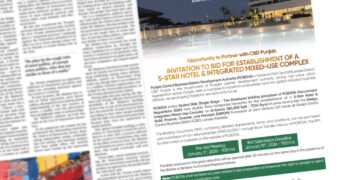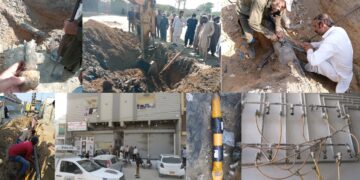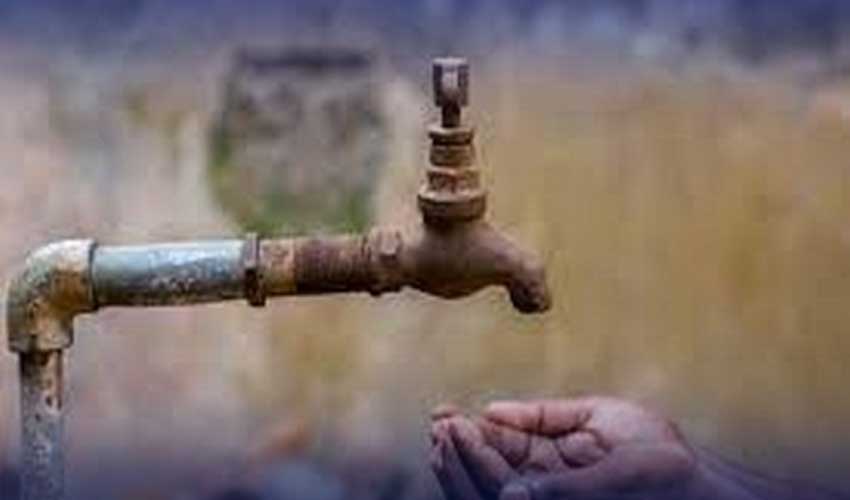On Wednesday, Lahore witnessed a slight improvement in its air quality and the city which had r topped the global list of the most polluted cities on Tuesday, dropped to second place with an Air Quality Index (AQI) of 409 to 435.
As per details, the AQI readings in various areas of Lahore were alarmingly high. Fida Hussain Road recorded an AQI of 1071, the highest in the city, followed by Syed Maratab Ali Road at 744, Ghazi Road at 647, and Johar Town at 425. These numbers indicate hazardous air quality, with health risks, especially for vulnerable groups such as children, the elderly, and those with pre-existing respiratory conditions.
Other parts of Punjab, including Gujranwala, are also experiencing hazardous pollution levels. Hospitals in Gujranwala are reporting a surge in patients suffering from respiratory issues, with many people, particularly the elderly and children, finding it difficult to breathe.
The city of Narowal, located nearby, is also seeing high AQI levels, with reports of near-zero visibility in some areas. The AQI in Narowal was recorded at 240, which is still categorized as unhealthy for sensitive groups.
The smog and fog, which have been persistent for weeks, continue to reduce visibility, especially on the roads. The dense pollution has made driving dangerous, and a growing number of people are seeking medical attention for chest, eye, and throat infections. Doctors warn that the ongoing exposure to these pollutants could exacerbate respiratory conditions such as asthma and bronchitis.
The minimum temperature in Lahore today was recorded at 19°C, while the maximum is expected to rise to 26°C. The shift in temperatures may offer little relief from the smog, as the air quality index remains far above safe levels.
Here’s the current real-time ranking of major cities in Pakistan based on their AQI levels:
Lahore: 435
Multan: 324
Rawalpindi: 273
Islamabad: 214
Peshawar: 209
Abbottabad: 163
Haripur: 139
Karachi: 134




















